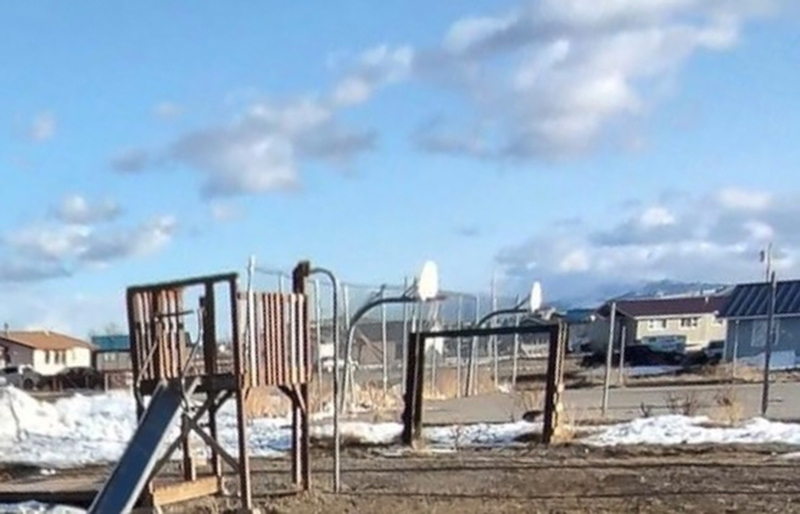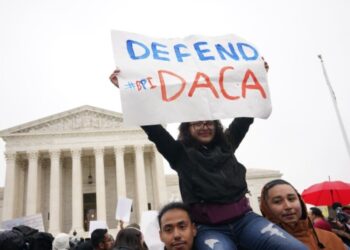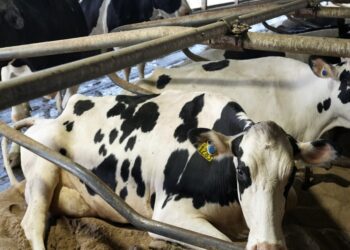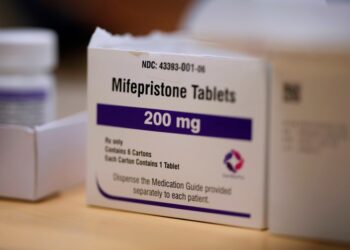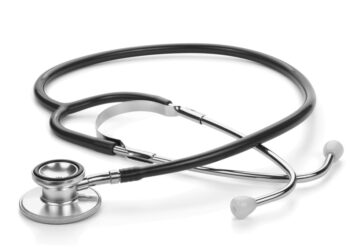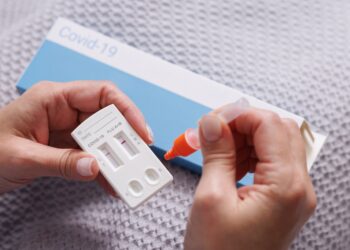If you or someone you know may be experiencing a mental health crisis, contact the 988 Suicide & Crisis Lifeline by dialing or texting “988.” To reach the Native and Strong Lifeline, call “988” and press 4.
Amanda MorningStar has watched her children struggle with mental health issues, including suicidal thoughts. She often wonders why.
“We’re family-oriented and we do stuff together. I had healthy pregnancies. We’re very protective of our kids,” said MorningStar, who lives in Heart Butte, Montana, a town of about 600 residents on the Blackfeet Indian Reservation.
Yet despite her best efforts, MorningStar said, her family faces a grim reality that touches Native American communities nationwide. About a year ago, her 15-year-old son, Ben, was so grief-stricken over his cousin’s suicide and two classmates’ suicides that he tried to kill himself.
“Their deaths made me feel like part of me was not here. I was gone. I was lost,” said Ben MorningStar.
He spent more than a week in an inpatient mental health unit, but once home, he was offered sparse mental health resources.
Non-Hispanic Indigenous people in the United States die by suicide at higher rates than any other racial or ethnic group, according to the Centers for Disease Control and Prevention. The suicide rate among Montana’s Native American youth is more than five times the statewide rate for the same age group, according to the Montana Budget and Policy Center. Montana ranked third-worst among states for suicide deaths in 2020, and 25% of all suicides in the state from 2017 through 2021 were among Native Americans, even though they represent only 6.5% of the state’s population.
Despite decades of research into suicide prevention, suicide rates among Indigenous people have remained stubbornly high, especially among Indigenous people ages 10 to 24, according to the CDC. Experts say that’s because the national strategy…
Read the full article here

